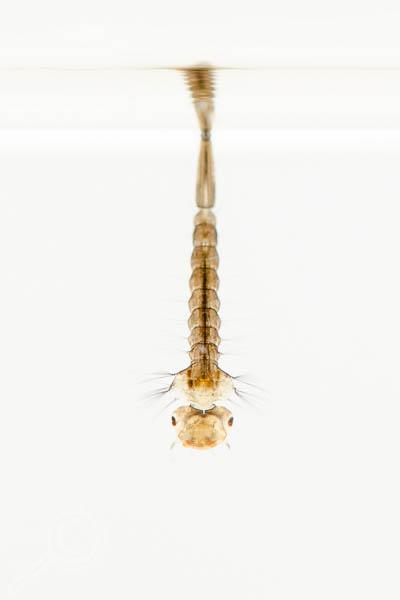Microsoft magnate and celebrated philanthropist Bill Gates is bringing attention to mosquitoes and mosquito-born diseases in what he’s calling Mosquito Week as an homage to Discovery Channel’s yearly shark extravaganza. Modelling his outreach event after the “scary” world of sharks is pretty brilliant in my opinion, especially when you bring in the numbers of how many people are killed by sharks every year compared to how many die as a result of infected mosquito bites, which he does in this crystal clear infographic.

Infographic courtesy of GatesNotes
There are a number of interesting posts over on GatesNotes, discussing everything from Dengue Fever, to a first-hand account from someone recovering from Malaria, to a travel report from Bill & Melinda Gates on their visit to a region in Cambodia that’s infamous for breeding drug-resistant malaria strains (Ed Yong recently wrote a tremendous piece about this same area and the researchers working on the front lines of malaria control, I highly recommend you take the time to check it out as well).
The Gates Foundation has also produced a series of short, informative and visually appealing videos regarding mosquitoes and the diseases they transmit, along with a number of other visual aides that help explain the biology and impact of mosquitoes.
Now all we need is for SyFy to produce this spinoff of Sharknado and mosquitoes should be on everybody’s mind!

Me too Bill, me too. But before you start filming, please learn the difference between crane flies and mosquitoes. I am available to consult on this and any other Diptera/Entomology issues should you need it.
Bill Gates is certainly one of the most influential people on the planet, and I hope that his Mosquito Week succeeds in bringing much attention to the issue.



